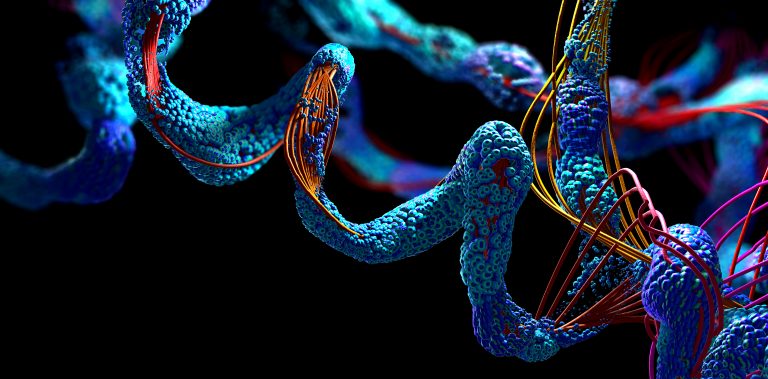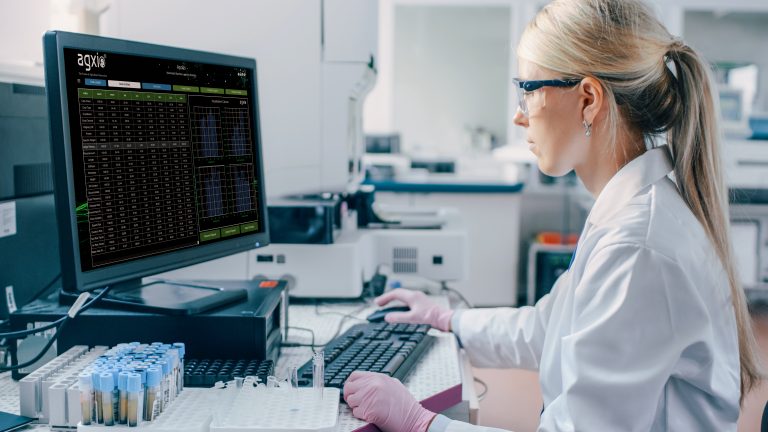Overview
Our knowledge of human health is constantly evolving and changing. The discovery and exploration of novel techniques for disease diagnosis and discovery is constantly growing.
Novel methods are now beginning to lean towards more automated approaches to reduce human error and increase the probability of identifying biomarkers or early signs or patterns indicative of disease. Cancer is a majorly damaging disease both socially and economically worldwide, presenting itself in many forms including benign and malignant, with no exact cure.
The Issue
Brain tumours are extremely complex cancerous cells, due to the level of abnormalities in the sizes and location of the brain tumours. This makes it hard to completely understand the nature of each individual tumour in patients and provide early prognosis to increase the chance and efficacy of treatment. In order to diagnose brain tumours, a specialist in Neurology is required to analyse an MRI analysis. Unfortunately, in developing countries this may not always be an option. Furthermore, the lack of knowledge about tumours due to their inconsistency also makes it challenging and time-consuming to generate reports from MRI scans and give accurate prognosis and identify early biomarkers that may not be present to a human.

Our Solution
Automating the analysis of brain tumour scans could facilitate in detecting extremely small changes or abnormalities that may not be present to the human eye. With the employment of machine learning, we can programme and train models to identify images of brain MRI scans to advance current methods and will:
- Facilitate in prompt diagnosis
- Assist medical centres and surgeries which may lack specialist knowledge and capacity
- Detect patterns which may not be noticeable to the human eye
Application of automated classification techniques using Machine Learning(ML) and Artificial Intelligence(AI) has consistently shown higher accuracy than manual classification. Using a labelled dataset with MRI image data from all 4 brain tumour types and loading the MRI image data into Agxio’s Apollo platform it is possible to train multiple models in parallel to fit a model for classifying the type of Tumour. The best performing model got an accuracy of up 83% with some tuning and a ROC AUC of 0.96. This result is in line with leading specialist doctors’ accuracy. The models can then be exported from Apollo and placed into a production system.







